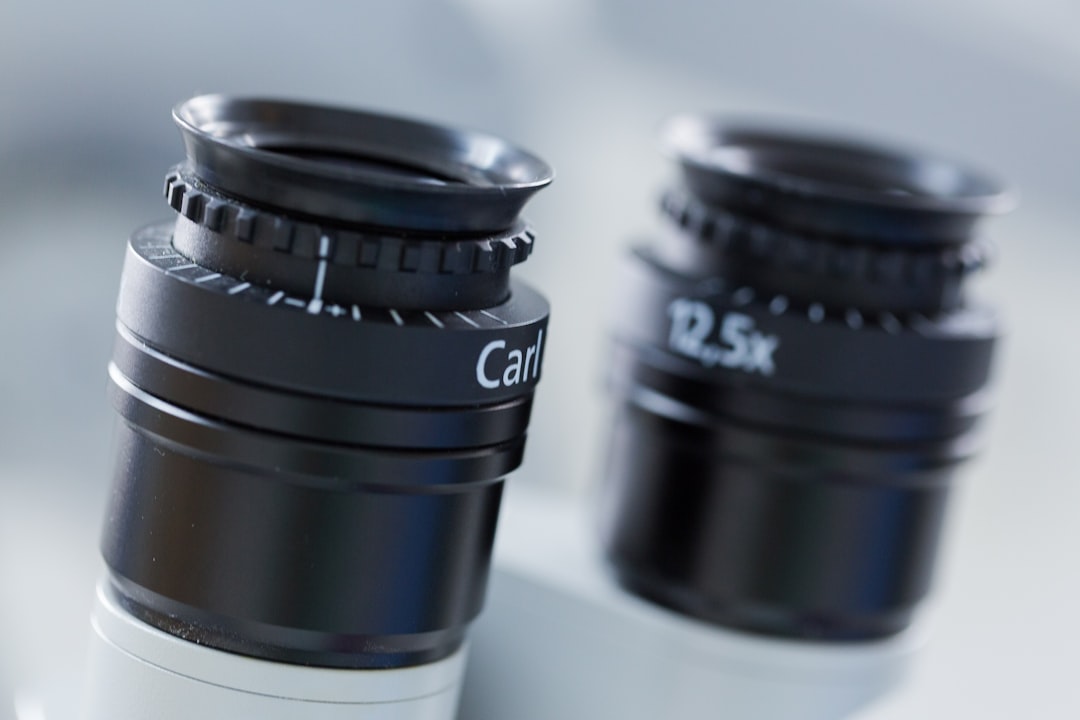What is it about?
Alport syndrome is an inherited disease of collagen which leads to kidney failure, hearing failure, and eye features which affect the lens and retina. This case identifies three features which can help diagnosis: an unusual "stair-case" sign in the fovea, choroidal thinning, and late-stage peripheral schisis.
Featured Image

Photo by Kalea Jerielle on Unsplash
Why is it important?
Identifying features may be useful both in terms of making diagnosis, and in predicting complications of Alport in the eye (macular holes) and the kidneys (early-onset renal failure).
Perspectives
Alport Syndrome affects around 1 in 5,000-10,000 children and can lead to many problems for sufferers - from loss of hearing and vision to kidney failure. This patient had already had three kidney grafts, very high blood pressure. The problem lies with Collagen Type IV, and the triad of unusual features we picked up in the retina reflect an abnormality with the vitreomacular interface. It is important to follow up these patients over years, to prognosticate how these features are going to change and the need for medical interventions in the future. I hope that greater understanding of this condition can lead to earlier diagnosis and treatment of its complications.
Nima Ghadiri
University of Cambridge
Read the Original
This page is a summary of: A triad of retinal signs in Alport syndrome: The ‘stair-case’ fovea, choroidal thinning and peripheral schisis, European Journal of Ophthalmology, April 2019, SAGE Publications,
DOI: 10.1177/1120672119841002.
You can read the full text:
Contributors
The following have contributed to this page










